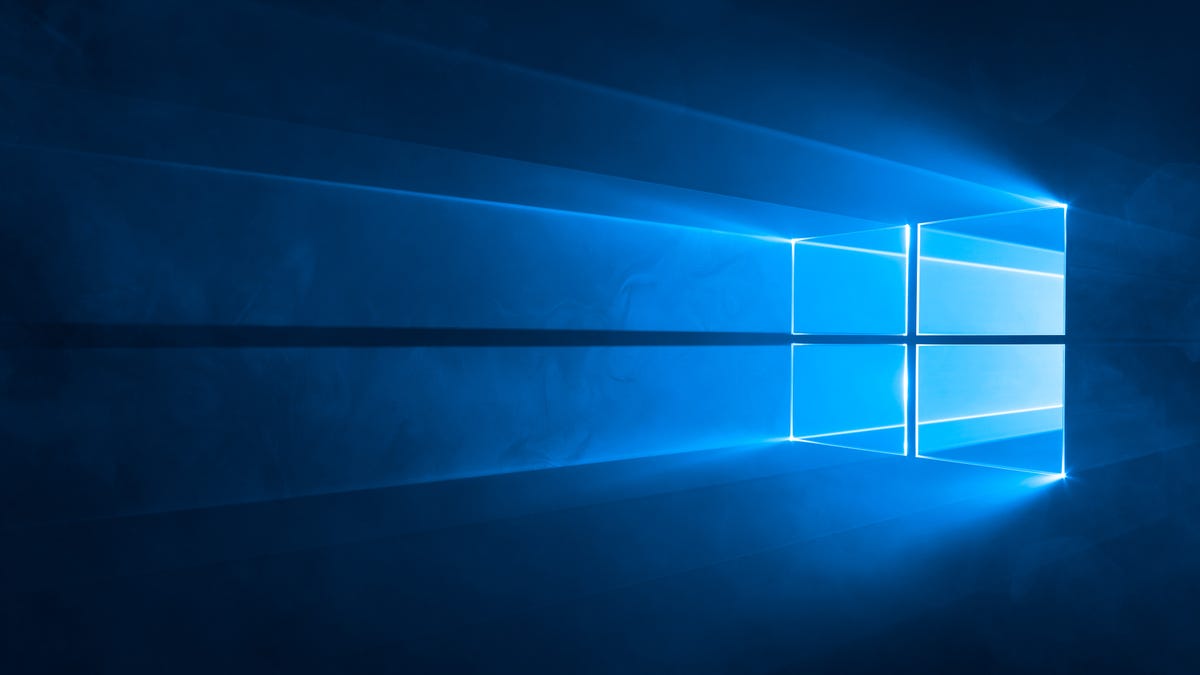Microsoft thinks this is the future of fingerprint scanning (maybe)
Forget buttons -- what if you placed your finger right on your phone screen to unlock it? One patent application Microsoft filed could make it so.

You're probably used to placing your finger on the front, back or side of your phone to unlock the screen, but Microsoft has a different idea in mind: resting your digit directly on the display.
The Redmond, Washington, company applied for a patent that puts the fingerprint-reading technology right under -- or maybe it's integrated within -- the glass that tops the device. (The patent description refers to a "transparent cover, such as a cover glass layer (or cover glass)", so we're not entirely sure what Microsoft has in mind.
A drawing included in Microsoft's patent application shows how a fingerprint detector could be built into a device's display. "106" represents the display and "108" is the fingerprint area.
The upshot, though is that the biometric unit, the thing that's doing the fingerprint reading, is part of the screen in some way, and not a separate hardware button or dip somewhere on the phone's body.
A little more specifically, you put your finger on the screen (most likely a screen edge). A light source passing through a filter of optical fibers is picked up by a detector that passes along the digital signal, most likely for verification.
Why would this be good? A screen-based fingerprint scanner could be especially useful in potentially keeping phones thin. Because it uses its own light source, this type of technology could extend to displays with or without a backlight, Microsoft says in the application, and it wouldn't be restricted to touchscreens.
Don't get too excited yet -- this is technically patent-pending (the company doesn't have the patent yet), and we have no idea if Microsoft will try to use it in future devices like its Surface tablet or maybe even Surface phone, if that rumor pans out. However, Microsoft isn't saying one way or another: it told CNET it has nothing to share.
[Via TechRadar]



